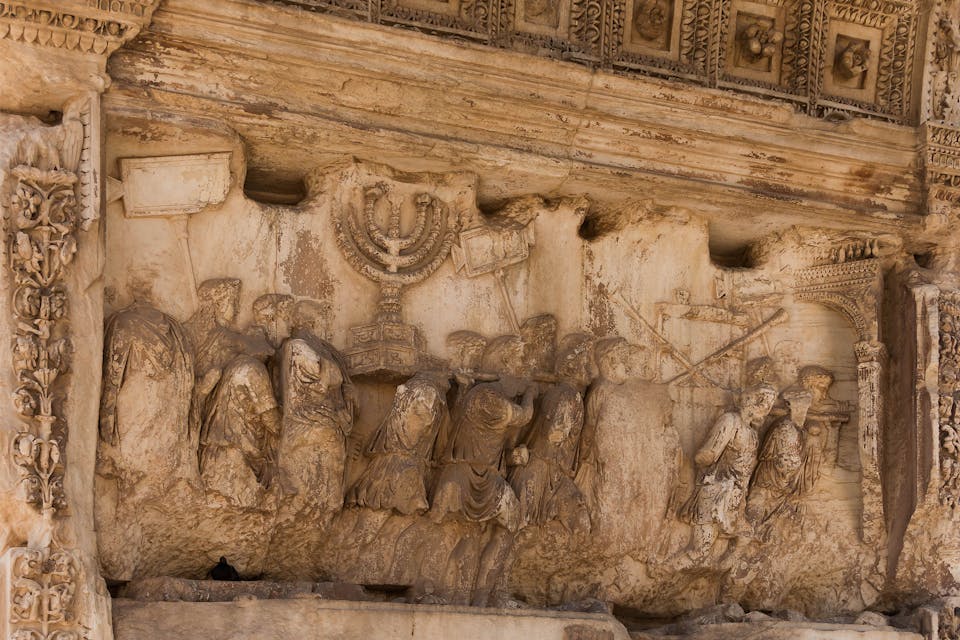
October 23, 2025
What the Romans Did for Us
Jews vs. Rome bridges the great historiographic divide.
For the general reader whose Greek and Latin might be a tad rusty, Barry Strauss’s Jews vs. Rome: Two Centuries of Rebellion against the World's Mightiest Empire provides a very useful bridge across the deep valley that divides the history of the Roman empire from the few Roman centuries in the millennial history of the Jews.
The reason for that great divide has nothing to do with what Jews and Romans did, nor the way they wrote their histories, but is the result of Germany’s historical scholarship of the 19th century, led by Theodor Mommsen (1817–1903). The greatest European historian of his day, and arguably the greatest historian of the modern era, Mommsen brought the ancient world out of darkness with a single brilliant intuition. It was a Roman practice to record events in the lives of individuals, and especially of civil and military officials, with inscriptions: so-and-so was promoted to this or that office in the nth year of the rule of this or that emperor.
Mommsen realized that if all those inscriptions were collected from across the Roman world, they could be studied systematically to follow career tracks, and then linkages between careers, thus revealing precise dates for the lives of thousands of officials from emperors down to young tribunes. If this could be done, it would be possible to pinpoint the exact dates of battles and wars, of the annexation of territories, and so forth. A great number of solid facts would be established that would add immensely to what could be gleaned from archaeology, numismatics, and the very few surviving writings of ancient historians, even the most impressive of which—those of Tacitus—only survive in sadly mutilated texts.